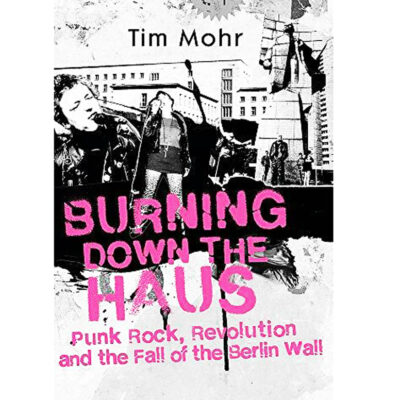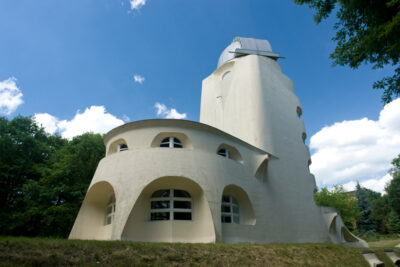
Amerika Haus
How to re-educate a Nation
Thinking back to a time when Berlin was segmented. It’s 1950, and in the American Sector, the debate was about how to re-educate a nation. Imagine a world where libraries have books with only one particular worldview. This was the challenge facing the Allies immediately postwar; there were private collections and hidden material, but for the public, these were not accessible.
The US Government wanted the German population to understand American culture, and the easiest was to create a series of Amerika Hauser, the Berlin one was under the control of the American Ambassador to the Federal Republic of Germany. It began informally as a post office where departing Americans donated their books. The collection grew to several thousand books. With financial help from the US, a theatre and children’s library were added, which presented lectures and films. The reading room connected to a series across the city.
When the Berlin Wall was built in 1961 the dynamic changed, East Berliners could no longer access the literature or this type of intellectual nourishment. While Amerika Haus was not meant to be political in nature, the splitting of the city was a game changer. The Haus staged a permanent exhibition about the Berlin Wall and remained a meeting point for amongst others, the business community & politicians. In the late ’60s it became the city’s focus for sometimes violent protests during the Vietnam war and the war in Cambodia. An Associated Press article from 1970 gives something of the flavour;
‘Police drove the demonstrators back first with a water cannon and then mounting a charge by men on horseback’
The Haus ultimately slipped into ignored obscurity, compounded by its not being accessible to the public after 9/11. Eventually, in 2006, it was returned to the City of Berlin; it remained unloved until 2012 when the photographic gallery C/O Berlin made Amerika Haus it’s home. Today it is a much-loved exhibition space for photography and visual media.





















